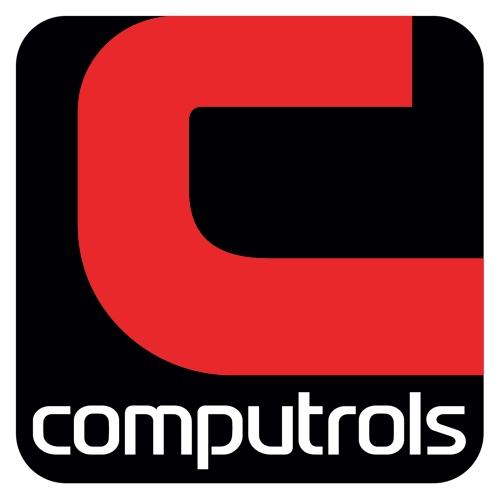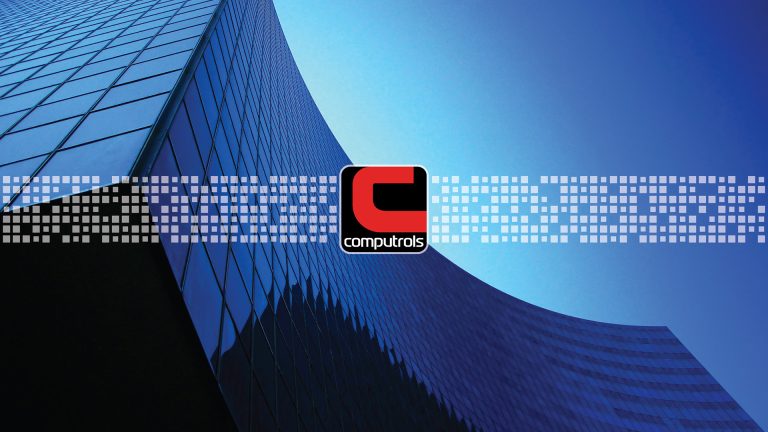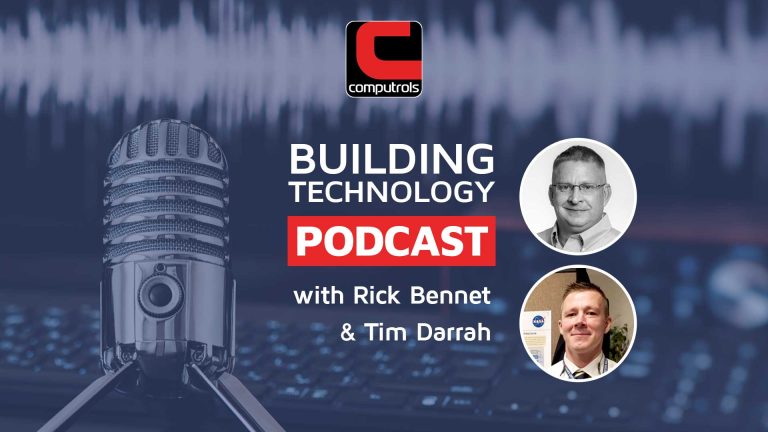I recently learned that April 9th has been dubbed “IoT day”, but what exactly is IoT and when is it happening? The vision of IoT or “the Internet of Things” is to interconnect anything and everything that one could imagine. With such an ambitious goal, there is no wonder why there is now a day dedicated to this vision, but where are we with IoT and how will it impact the buildings that we live, work, learn, and play in?
As I describe in the smart building presentations that I have conducted, we have reached a point in time where the evolution of cloud computing and connectivity technologies have created byproducts. I would argue that IoT is one of those byproducts.
What is Cloud Computing?
Cloud computing makes use of remote servers connected via the internet to handle complex applications. This allows for the heavy lifting and processing of information to be handled within data centers rather than at the device level. This type of computing enables us to have smaller and more powerful devices. A “prime” example of cloud computing at work would be Amazon’s Alexa. Alexa enabled devices are typically very small in size, and in order to work, they must be connected to the internet. As the user, you ask the piece of hardware a question or give a command verbally always beginning the statement with “Alexa”. The local piece of hardware receives the message and uses internet connectivity to send it to a remote server (cloud) for interpretation and response. Based on the question or command, the system responds accordingly and sends the result back to the local hardware via the same internet connection.
What is meant by Connectivity?
When I refer to connectivity I am referring to the devices that we connect to and the means in which we use to connect to them. In the past decade, wireless communication methods have progressed leaps and bounds. These advancements allow us to communicate with more and more devices. Two common methods for communicating with devices wirelessly are Bluetooth and wifi. Connectivity provides a means for getting connected to the internet or establishing communication between devices.
What happens when these technologies converge? IoT!
Although there are many other byproducts that have emerged as a result of the advancements in cloud computing and connectivity technologies, the one that we will focus on in this article is IoT. Today, we are seeing the results of these advancements in our day-to-day lives more and more frequently.
Let’s use home automation as an example. In the past five or ten years, this industry has taken off and provides an excellent case study of IoT at work. IoT has promised to connect everything to the internet in order to provide seamless integration between devices and systems. In home automation, the market is flooded with products from a multitude of manufacturers. Software or User Interface platforms such as IFTTT are manufacturer agnostic and can tie in a multitude of devices. This is a direct result of the advancements in connectivity and cloud computing technologies. The way that this works is the independent devices communicate, often times wirelessly through wifi or Bluetooth, to a central master device that is connected to the internet. That internet connected device sends the data from all devices to the cloud, and the user interface (the device in your hand) displays and allows for you to manipulate systems through cloud connectivity.
Toss in Social
Social networks have now become a part of our daily lives and also make use of the convergence of the aforementioned technologies. The social networking navigation app, Waze uses data collected from users to provide the most efficient route from point A to point B. Like the Alexa example, the app takes data collected from your phone, sends that data to a cloud computing system via the internet, runs analysis on the cloud server system, and sends the data back to your phone in real time. The social layer allows users to input data that is subsequently collected, processed, and analyzed in the cloud. This would not be possible without both connectivity and cloud computing technologies, and what is being done is rather amazing when you stop and think about it.
Whats next?
In today’s world, it is common to see an increasing number of systems becoming interconnected and you can expect to see more of this as new technologies continue to emerge. One technology that is bound to have a major impact on the evolution of IoT is the latest mobile network, 5G. This emerging network will provide a new means for interconnecting devices at high speeds and further proves the point that advancements in IoT are dependent upon upgrades in cloud computing and connectivity technologies.
Happy IoT day!




